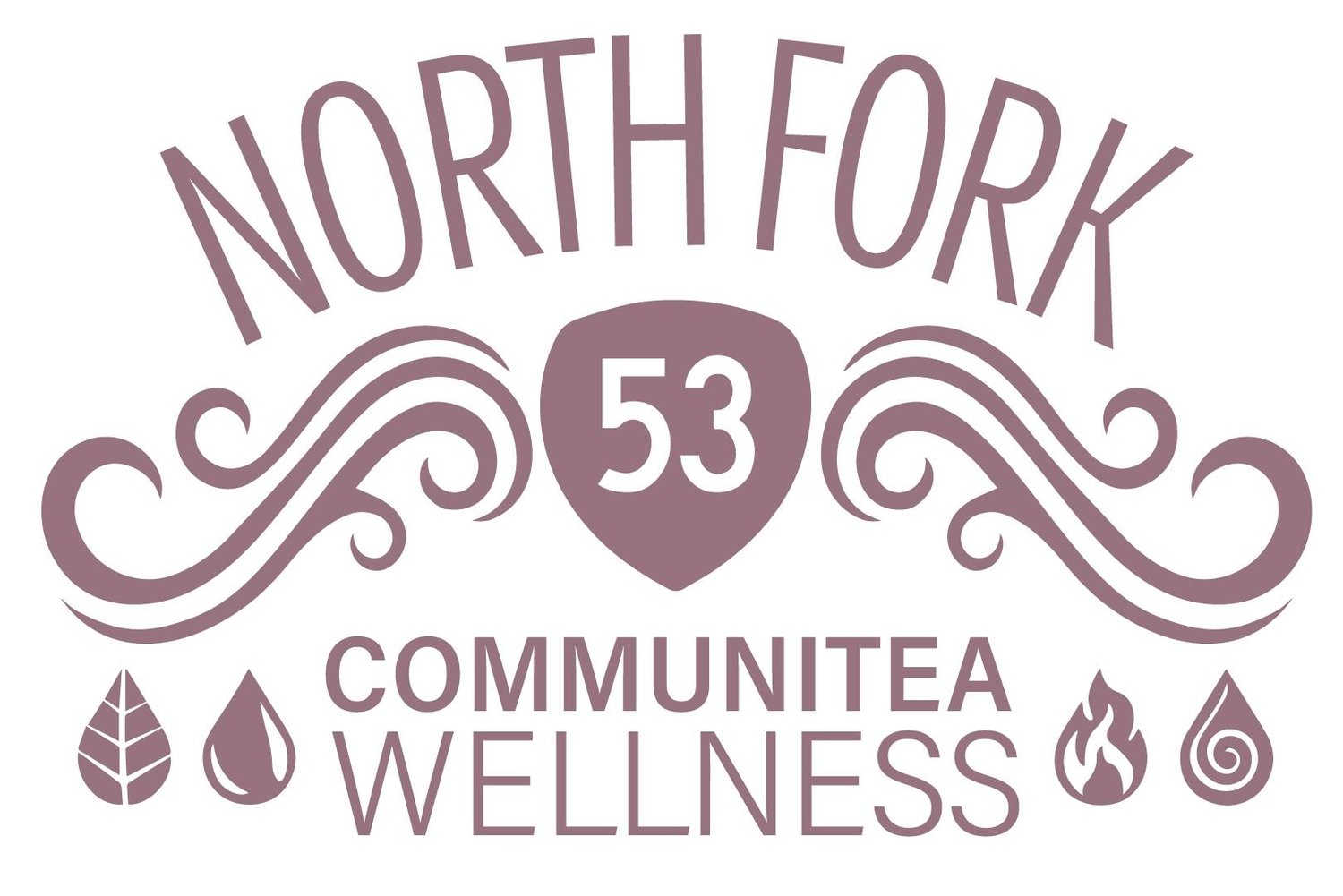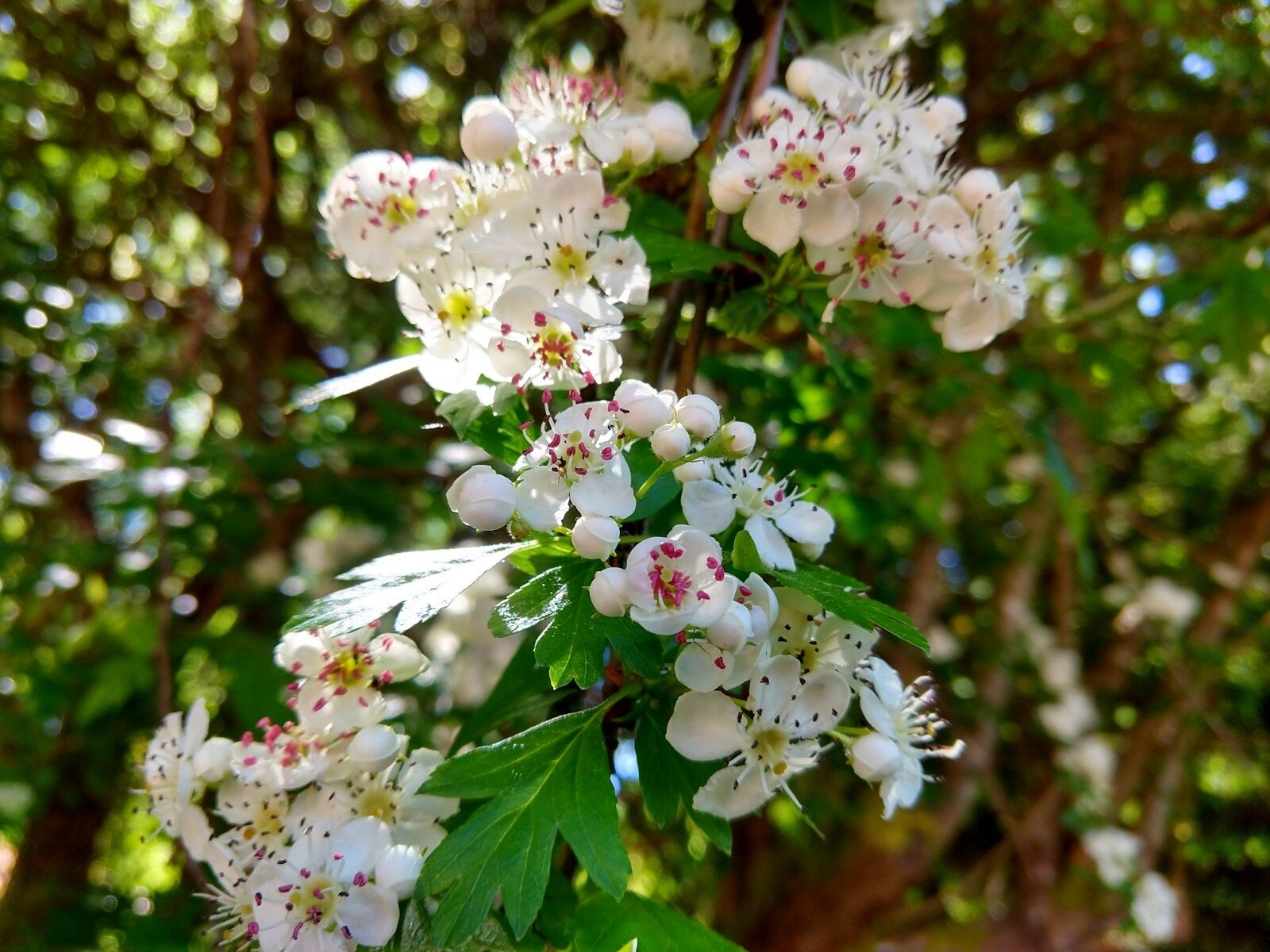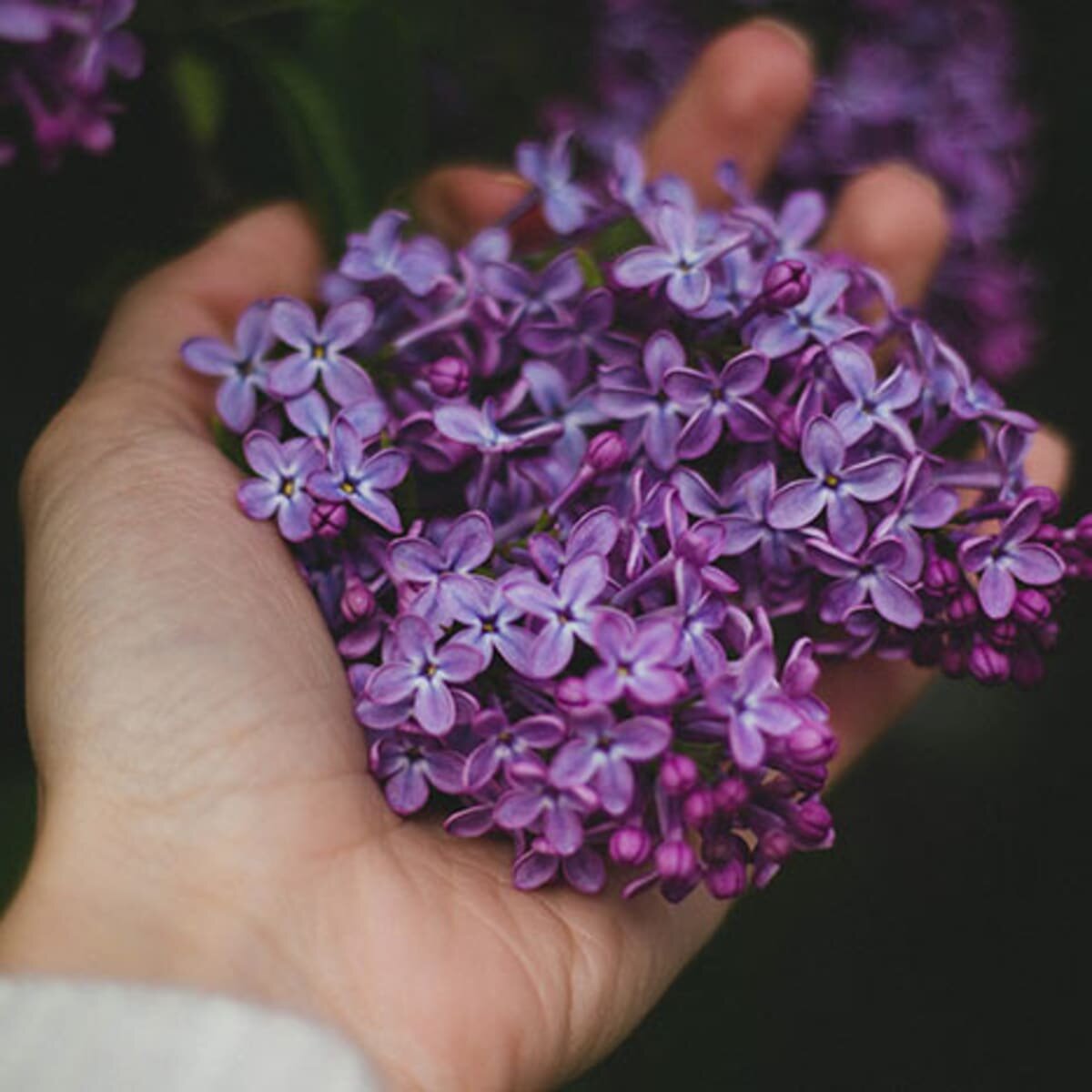Welcome to the Nurture podcast/ blog.
Let’s create the beautiful world our hearts know is possible.
How to cold brew your tea for summer!
How to Cold Brew Tea (and why)
You know that cold brew coffee is a thing but what about cold brew tea?
The cold brew tea method is making tea with cold water only and eliminating the water-heating process. It’s not the same as iced tea but this method is just as refreshing and offers many advantages. You will be surprised with some of the subtle flavors that show up – especially when cold brewing green tea!
Did you know: Tea will release it’s flavor into liquid whether the liquid is hot or cold? The only difference between hot and cold methods is that hot tends to work a bit faster.
When no hot water is used, the tea leaves are extracted much more slowly which results in a lighter-bodied tea with less astringency and bitterness.
It’s an easy way to enjoy any tea type (black, green, white, oolong, puerh and herbal) and depending on how what kind of brew you want.
The Science
Tea is simply an extraction of compounds from the tea leaves into a solvent: water. Hot water is very efficient at pulling out many different compounds from tea leaves such as caffeine and aromatic flavor compounds. Heat also helps to break down the cells so these chemicals are easily released into the water. But you only want to steep your tea for 1-5 minutes because steeping too long in hot water begins to extract undesirable flavor from tannins–particles that make your tea taste acidic and bitter.
With cold-brewing the water is able to pull out the flavor and caffeine without too much tannic extraction. The result is a mellow and balanced tea.
Why Should You Cold Brew Tea?
This method is incredibly simple.
You may even find it easier than steeping your tea in hot water because with cold water you don’t run the risk of over steeping. Because cold brewing is more forgiving you don’t have to worry as much about the amount of tea leaves or how long you steep the tea. For example, many people tell me they’re not a fan of green teas and usually it is because the water temperature is too hot and/or the leaves are steeping for too long. This results in a very bitter drink.
If that’s the case for you, then cold brewing a delicate tea, like Japanese sencha, would be an excellent way to taste it with no bitter notes.
How Long to Cold Brew Tea
You can cold steep your teas for as little as 2 hours or as long as 12 hours or more. The point is to experiment and find out what you like best. Check back on your tea often to taste where it is at and see if you like the flavour profile.
The only downside to cold brew tea is the wait time, but it’s easy to get over that if you just set your tea in the fridge to steep overnight. The next morning you’ll wake up to a refreshing drink waiting for you …hooray!
Which Teas to Cold Brew
The guide pictured is helpful but you notice it has a range of steep times because not all teas in a category brew alike (ie. rolled oolong tea leaves may take longer to cold brew than other oolong teas).
You can even cold brew your spent tea leaves from a hot steep! There are many times when you can save your used tea leaves and set them in a pitcher to steep overnight in the fridge to pull the rest of the flavor out.
*If you’re looking to cold brew matcha there is no need to wait. Matcha is tiny particles of finely ground tea leaves and can simply be shaken or blended with ice cold water and enjoyed immediately.
How to Cold Brew Tea
What You’ll Need:
A pitcher or jar
Tea of choice (for best flavor use loose-leaf tea)
Room temperature or cold water
Optional: flavoring (fresh herbs, fruit, spice, etc.)
STEP ONE: MEASURE OUT TEA INTO JAR
Measure 1 heaping teaspoon of loose-leaf tea per 8 ounces of water into a pitcher or jar. (or follow brewing directions on the tea container label) I like to have tea loose in the pitcher opposed to using a tea infuser or filter. This way the tea leaves have plenty of room to dance around and steep, allowing them to release all of their good flavours. Remember, you can use any tea you like and tea bags work just as well here as loose leaf.
STEP TWO: ADD WATER
Fill jar with room temperature or cold water according to how much tea you are making. 5 heaping tablespoons per gallon of tea is a good general rule.
*OPTIONAL: You can also add slices of fruit, fresh herbs, spices and sweetener etc. to cold steep with the tea at this stage.
STEP THREE: CHILL
Cover the jar with lid and place in the refrigerator for at approx 6-12 hours. You can prepare and place in the fridge overnight for use the next day. Feel free to experiment to see how long each stee time works for your favorite tea.
STEP FOUR: TASTE & ADJUST
After cold steeping, take note of the liquid’s change in color. It should be about the same color as if you hot brewed it. Taste test your cold steep tea to see if it’s to your liking. If you think it was steeping for too long and is now too strong, simply mix in more cold water.
When it is perfect, pour it through a fine mesh tea strainer or cheesecloth to remove the loose leaf tea. However, if you placed your tea leaves in a tea infuser, or you used tea bags, then simply remove and discard.
To make your Cold Brew life easier- you can now purchase cold brew tea pitchers that have lids with filter to catch any tea leaves when pouring (some also have built in strainers etc.
STEP FIVE: ENJOY
Don’t forget to pour yourself (and others!) a glass over ice. Enjoy!
How to Cold Brew with a French Press
Fill French press pitcher with water and loose tea leaves.
Use approximately 1 teaspoon of tea for every 8 ounces of water.
Place in the refrigerator (plunger up) 6-8 hours – or until desired strength is achieved.
Slowly depress the plunger to filter and serve.
How to Make Sun Tea
While this technically is not a cold brew method, it is a slower solar brew method that’s lots of fun and is faster than waiting for cold brew!
When brewing tea using sun power, just fill up a large glass jug (preferably something with a lid you can close) with water.
Then add your tea. A good general guide is 5 heaping tablespoons of tea per gallon of water. How many you add will depend on the strength of the tea you’re using. Add a bit of mint, some muddled fruit or other herbs to the mix if you desire.
Seal it up and place glass jar in the direct sun.
Leave it outside for about 2½ hours or so depending on how hot the day is. If it’s really hot outside and the tea is starting looking dark quickly, the brew time might be less. The length of time you settle on will again depend on how strong you like your iced tea.
After it’s brewed, refrigerate or pour over ice and enjoy!
As the summer begins, let’s savor the tea season!
What’s your favorite iced tea recipe?
I’d love to hear about it in the comments!
Hawthorne - the Queen of Hearts
HAWTHORN (CRATAEGUS spp.)
The day of the fairies return is "the day the hawthorn blooms." As the fairy gates open this May, open your heart to hawthorn. Let its beauty and strength imbue you with great heart, for hawthorn is the herb of healthy hearts.
Known for its abundance of healing properties, Hawthorn has been revered as a sacred tree by humans for thousands of years. The tree holds strong mythic associations many of which seems to contradict each other- such as being a tree of both wild fertility and of pure chastity, of heart opening and of boundaries & protection, of magic & fairies and of Christian faith. One thing is for sure- this shrubby, thorny tree has held a deep fascination and long relationship with cultures around the world. From Ancient Greece to China and the British Isles.
Hawthorn Lore
The three most revered trees in the old Celtic world were the “Oak, Ash and Thorn” (referring to Hawthorn). The “Haw” part of the name is an old word for “hedge”. Hedges were more than just living fences back then; they signified the boundary between the known, safe and civilized world, and the wild woods beyond.
“The word 'hedge' derives from 'Haga' which is contained in the old name for Hawthorn 'Hagathorn' and shares the same root as 'hag'. The hag, in old English was not just an old woman, but a woman of prophetic powers, and 'hagzusa' spirit beings, and 'hedge riders' - in other words, beings that live 'between' the worlds of mundane reality and the otherworld beyond, and who could easily traverse the boundaries between them. Likewise, healers, seers and soothsayers were also considered 'boundary-walkers'. Thus, Hawthorn's symbolism is that of protection, but also as a gateway to this other world of magical beings.”- Sacred Earth)
Perhaps Hawthorn’s association with death comes from the scent of the flowers – some liken it to a rotting fish odor – thanks to trimethylamine. And such the flowers attract carrion insects. During the black plague the smell of Hawthorn in bloom reminded some of death and so unlucky associations formed with bringing its blossoms into the home. But more widely the same scent is associated with sex and therefore fertility. The association with fertility could also be due to Hawthorn’s ability to cross breed so easily. Or maybe it’s because Hawthorn flowers in early May, the time of Beltane fertility rites and blessings. (Note that in the old English Calendar Beltane would have fallen on May 13th and not on May 1st, which is around our current Mother’s Day and when the trees begin to blossom in Oregon).
The best beloved hawthorn tree in Britain is the ‘Glastonbury Thorn’ or ‘Holy Thorn’, said to have originated when the staff of the visiting Joseph of Arimathea was struck into the ground and sprouted. (unfortunately it was badly damaged by vandalism in 2000 but it is still alive!) There are other big trees, seedlings from generations of Glastonbury Thorns in the area. Each year a sprig from one of the oldest trees is sent to Her Majesty the Queen to join her Christmas decorations.
The great Abbey of Westminster in London stands of the site of a group of ancient hawthorn trees, evidence once more of Christianity using pagan sites of worship in order that the people could simply continue in their place whilst being taught different values.
Birds find refuge in the thorny branches of Crataegus, nesting there to keep away from predators. The thorns of Hawthorn have the potential to become branches. If you look closely at one of these trees you might spot thorns with leaves, flowers, and berries growing off of them. Consider all of that potential energy stored in this healing tree along with the fact they can live up to 400 years!
Healing Properties
In Western Medicine, Hawthorn is the ultimate heart tonic. It has the power to both raise and lower blood pressure (this is known as being “amphoteric”). How? According to herbalist Matthew Wood, it "improves the deposition of lipids in the walls of the capillaries and red blood cells that are squeeze through them.” This cuts down on “irritability” allowing free passage of the blood flow. Hawthorn also helps lower LDL (“bad”) cholesterol and increase HDL (“good”) cholesterol. It is highly regarded as a safe way to lower blood pressure when the patient is diabetic or has kidney disease. An injectable preparation of hawthorn was widely used in modern medicine prior to the introduction of blood pressure drugs and heart-valve surgery. It is still available in Germany.
Harvesting our farm Hawthorn tree from the roof!
The leaves, flower buds, flowers, and berries/haws of the hawthorn are all rich in anti-oxidant flavonoids. Flavonoids benefit the heart and blood vessels in many ways. Their powerful anti-inflammatory effects relax the blood vessels. Their anti-microbial actions stop low-level infections like those associated with gum disease from harming the heart. And flavonoids support healthy functioning of the immune system and the liver. No wonder hawthorn is the herb of longevity in stories and tales!
The nutrients in hawthorn assist its active ingredient so that the heart and circulatory system are slowly and deeply healed on multiple levels. Hawthorn carries its magnesium and calcium directly to the heart muscles, enhancing their ability to contract and increasing available oxygen. This beneficial effect extends into the coronary blood vessels as well. Hawthorn is unique in its ability to strengthen the weak heart and carry the old heart into a healthy future.
Regular use of hawthorn can
Lower blood pressure
Increase the effectiveness of the heart's pumping action
Strengthen the heart muscle
Slow the heartbeat
Dilate coronary arteries
Prevent heart disease, heart attack, and stroke
Help those healing from heart surgery
Support the immune system
Increase longevity
Hawthorn is safe to take with any other medicine although if you are using cardioactive pharmaceuticals like digoxin, consult your doctor for supervision. Dose adjustment may be necessary.
Working with Hawthorn
Hawthorn is member of the rose family, and thus closely related to rose hips, apples, cherries, apricots, and almonds. Hawthorn is notable for its long thorns and bright red haws (apple-like berries). The thorns may be used as needles; and hedges of thorny hawthorn grow quickly enough to keep even goats at bay. The tasty crimson haws -- called cuckoo's beads, chucky cheese, and pixie pears -- are fermented into wine, made into jams and jellies and baked into little cakes. The leaves, flowers, and ripe berries of Cratageus oxyacantha taste great and are easily consumed in teas, infusions, and tinctures.
To use Hawthorn as heart medicine you can choose to make a strong tea, which is typically made by steeping two teaspoonfuls of dried leaves and flowers in a cup of boiling water for twenty minutes.
Or you could make a Hawthorn infusion. Which is made by steeping one ounce of dried flowers and leaves or one ounce of dried haw berries in a quart of boiling water for at least four hours.
A dose is a cup of tea or half a cup of infusion normally taken once or twice a day as needed. Traditional European herbalists often add a big spoon of honey to hawthorn tea or infusion. They believe that the sweetness heals the heart.
Make a Hawthorn Flower Essence
Hawthorn can help heal a broken heart and is often recommended during times of grief. The flower essence can be used in addition to the herb, or alone, to heal emotional wounds.
How to make a Hawthorn flower essence:
Flower essences are a type of vibrational medicine, akin to homeopathy, in which the healing energy of flowers is captured in a process of dilution, and no flower parts remain in the finished remedy.
It is easy to make flower essences and they are a wonderful complement to herbal medicine because they address the underlying emotional causes that create problems in the body. Sometimes addressing the emotions can resolve physical symptoms and ailments.
They can work quickly, or take time to clear blockages. Similar to doing a detox cleanse, it is possible that you may initially feel heightened awareness of symptoms as stagnant emotional patterns are unearthed.
Flower essences offer a wonderful way to heal and grow because they affect change at a deep emotional level.
They are safe for all ages, and even pets, and the don’t interact with medications.
Making the concentrate or “Mother Essence”
Float fresh Hawthorn flowers in pure spring or well water in sunlight for 20 minutes to 3 hours or until more than half the flowers are wilted.
Remove the flowers and transfer the liquid to a clean bottle. A small tincture bottle is good, about 50 ml. A funnel would be helpful.
Mix the flower water with an equal amount of brandy or glycerine.
Shake the bottle 100 times to mix them.
Label as “Mother.”
Notes: Flower essences made with brandy will last decades, glycerine will last about 5 years, and plain water essences will last a few days. Look for or prepare glycerine based essences if you do not consume alcohol.
Make a Stock Remedy
Fill another small bottle with half water and half brandy. Add 5 drops of the mother. Shake 100 times. Label as “Stock Remedy.”
Make a Treatment Bottle
Combine water and 30% glycerine or brandy. Add 5 drops from the stock bottle. Shake 100 times. Label.
Keep the Mother and the Stock, and you can make flower essences to last a lifetime (if you have used brandy). Simply make more treatment bottles with the stock, and make more stock from the mother when you run out.
The treatment bottle is what you will use for the following methods:
Ways To Use Hawthorn Flower Essence
Hawthorn is a renowned heart healer. As a flower essence, it heals broken hearts, opens the heart chakra, eases grief and enhances expressions of love. It also helps balance emotional extremes.
Take 3-5 drops in the mouth or in water, 3 or more times daily.
Use as a room spray – add 3 to 5 drops to a spray bottle full of water.
Add about 20 drops to a bath.
Flower essences can also be added to healing creams or lotions.
The Oregon Coast Producers Video!
We’re in the Oregon Coast producers video!
When you watch this you can almost taste the love our Communitea of farmers, fishers and foragers put into their work.
When you buy local you get to support the folks you love and fill your table with the best food and drink money can buy.
Who's your favorite local maker/farmer/chef in your town? Let us know about them in the comments below!
A Sweet Little Lilac Recipe For Spring
Capture the magic of lilac season in a jar.
“In the dooryard fronting an old farm-house near the white-wash’d palings,
Stands the lilac-bush tall-growing with heart-shaped leaves of rich green,
With many a pointed blossom rising delicate, with the perfume strong I love,
With every leaf a miracle—and from this bush in the dooryard,
With delicate-color’d blossoms and heart-shaped leaves of rich green,
A sprig with its flower I break.”
-except of Walt Whitman’s, “When Lilacs Last in the Dooryard Bloom’d”
I love lilac season. The blooms of deep purple, violet and white call to me in the garden as I pass by. I can’t help stop and press a tower of blossoms to my face, inhaling their intoxicating scent.
Lilac season doesn’t last long, but this lilac sugar recipe will help you capture their magic to savor all year!
You’ll love sweetening your tea with this lilac sugar or maybe sprinkling some over your next batch of scones.
This recipe is super easy to make and very fun to use!
My mother once told me that it was an Irish custom for good luck and prosperity to plant a lilac bush outside your kitchen door. Luckily for me someone already had planted one before we purchased North Fork 53.
This Oregon homestead came with a lilac bush on the north side of the farmhouse that is two stories tall.
I can just reach the blossoms on it’s very lowest branches.
I went on to plant several more lilacs around our farm with different colors and bloom times so I can enjoy the flowers a bit longer- but the old growth lilac has a fragrance that cannot be matched.
Lilacs can live to be 75 years or more- so I’m hoping our homestead lilac has many good years left in her.
How to harvest lilac blooms
It all starts with lilac blooms, of course, preferably ones at the height of the season, lush and full. A sunny late morning harvest is best. Gently remove the bloom from the green stem. If you just give them a slight tug, the bloom slides right off, detaching from the little green sepal at its base, and leaving the yellow pistil behind. You don’t need to wash the flowers but giving them a good shake to remove any unwanted bugs is a good idea.
If you plan on incorporating the lilac blossoms into the finished sugar then it’s important to remove all the green stems from blossoms as they can get bitter and ruin the flavor. (note the blossoms will shrivel and turn brown as they release their essence to the sugar)
If you are removing the blossoms from the finished product then it’s easier to leave the blossoms in small clumps as it makes them easier to sieve out at the end of the week.
It’s up to you and how vibrant or subtle of a lilac flavor you want. The more blossoms you add the stronger the scent in the sugar will be. Generally you want to use a half cup of lilac blossoms per cup of sugar.
How to make lilac sugar
Layer organic white cane sugar, interspersed with layers of lilac blooms, in a quart-sized Ball jar.
(If you don’t like to use refined sugar you can also infuse maple sugar, raw honey, or unrefined cane sugar in place of refined sugar.)
2. Leave a few inches open at the top of the Ball jar to allow for daily vigorous shaking and put a lid on tightly.
3. Place the jar on your counter and remember to give it a good shake every day for 5 days to a week or so.
4. The shaking helps the sugar absorb the blooms moisture and oils over time which is what makes it so delicious.
5. After about a week of shaking, pour the sugar onto a baking sheet and let it air dry and reduce moisture.
6. After it dries out you can pour it through a sieve to remove the clumps of petals and place it back into the jar or…
7. Run it through the food processor to incorporate the dried lilac petals and place it back into the jar for storage.
10 Ways to use your lilac sugar
Using lilac sugar in my cup of tea is my favorite- it’s especially good in a chamomile blend like Nap & Nourish.
Whip with 35% cream to make lilac whipped cream.
Cream with butter in your favourite cake recipe or sprinkle on top of scones, sugar cookies or pie crust before baking.
Use in place of regular sugar in your favourite homemade ice cream recipe.
Place in small jars and give as party or wedding favors.
Add to fresh chopped berries, let the berries macerate, and use over shortcake.
Use with black tea to make a lilac infused kombucha.
Melt into a lilac simple syrup and use as an ingredient in a homemade lemonade, iced tea, mocktail or popsicles!
Rim the glass of a summer cocktail.
Blend with coconut oil to make lilac sugar scrub for your skin.
Iced tea maker video for Mother's Day
Check out our newest iced tea maker. It’s a game changer for summer sipping. Included in our Mother’s Day Gift Box!


























